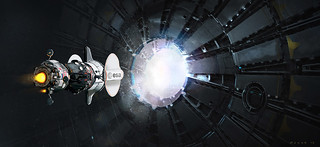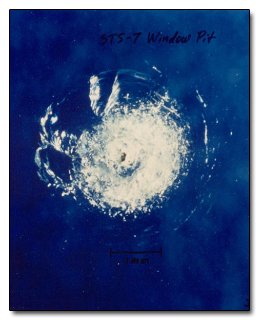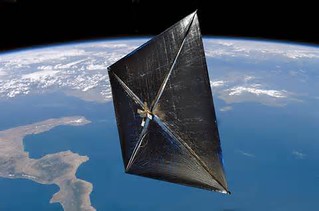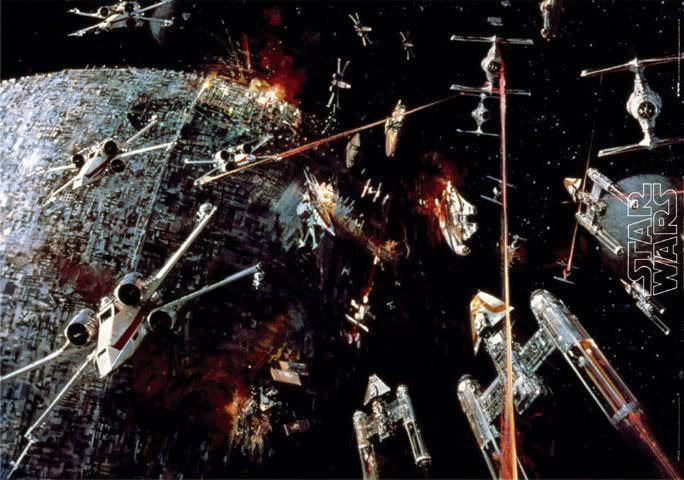One of my favorite books is James Burke’s The Day the Universe Changed, which looks at the effects that certain changes in prevailing thoughts, and a few inventions, had on society as a whole. It is amazing what changes can be effected with small shifts in thought and deed.

In a similar fashion, it can take some innovative thinking to take our mechanical monstrosities to their next level. Lately I’ve been deriding Sci-Fi writers who take the “because I say so” approach to technology in their novels. I admit to being something of a ‘wet blanket’, as Greta playfully put it. At least, I hope she was being playful!
Now that I’ve examined a whole host of the challenges that will need to be met in order for humankind to go frolicking about in deep space, let’s take a look at what we will have to do to meet those challenges. To attack this subject head-on regarding space travel, would involve a huge, stinking, pile of speculation about what we might know and what we might have at our disposal in another hundred years.
We do have some inklings of what might be possible through research channels. But most of the cutting edge stuff is being done by the government in the form or weapons research or reverse engineering alien spacecraft; and governments, especially the American government, are notoriously tight lipped about such research. It isn’t until new technologies show up in our consumer products that we are clued in that they exist. And they will never admit that velcro was a Vulcan invention. Continue reading “Making Things Bigger, Badder, Better”
 Last Sunday morning I awoke early. No, that’s not accurate; I was wrenched from slumber, early in the morning by a pair of conditions. The second most attention getting condition was a burning sensation in my left shoulder. Much later I would figure out that this was the spot where the shoulder strap of our brush cutter had pressed for several hours the day before. As is often the case, it didn’t bother me at all the day of, but the day after is another story. So I got up and took a BC Powder to deal with that.
Last Sunday morning I awoke early. No, that’s not accurate; I was wrenched from slumber, early in the morning by a pair of conditions. The second most attention getting condition was a burning sensation in my left shoulder. Much later I would figure out that this was the spot where the shoulder strap of our brush cutter had pressed for several hours the day before. As is often the case, it didn’t bother me at all the day of, but the day after is another story. So I got up and took a BC Powder to deal with that.




